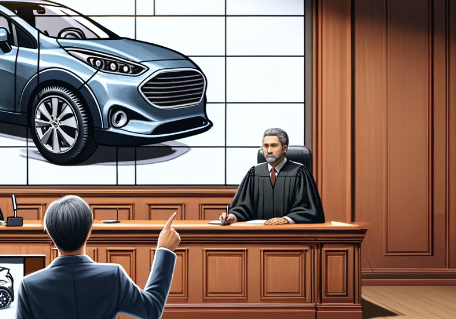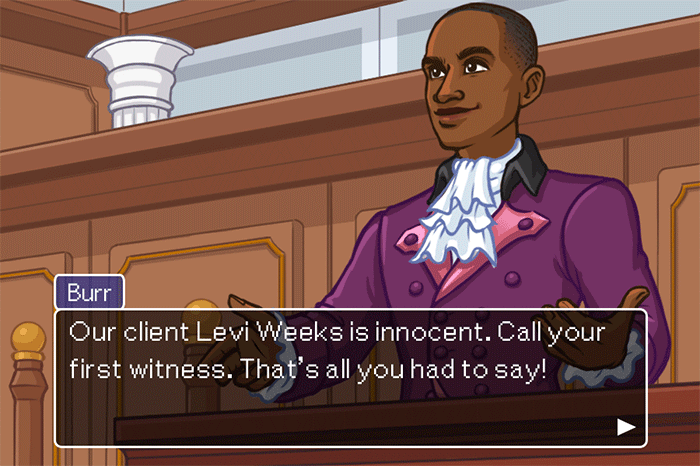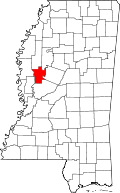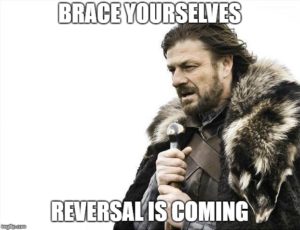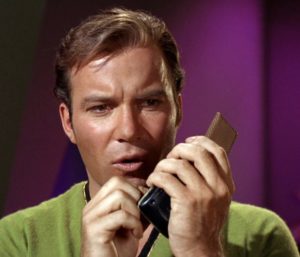In RSBCO v. United States, the Fifth Circuit confronted a charge issue, called “a Casteel problem” in Texas state practice. The question was whether RSBCO established an excuse for late-filed tax returns, and the jury questions were as follows:
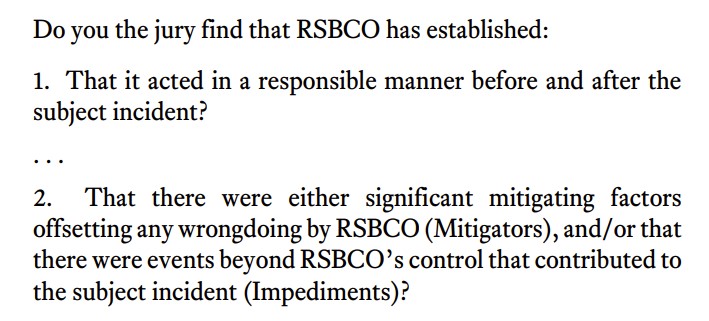 The jury answered “yes” to both questions. The problem emerged because the “mitigators” instruction for the second question was correct, but the “impediments” instrution was not. Therefore:
The jury answered “yes” to both questions. The problem emerged because the “mitigators” instruction for the second question was correct, but the “impediments” instrution was not. Therefore:
“Given the form’s single yes-or-no question as to mitigators ‘and/or’ impediments, there is no way logically to reconcile the verdict form to contain the improper instruction. Thus, the ‘challenged instruction could [well] have affected the outcome of the case,’ so we must vacate the verdict and remand for a new trial.”
No. 23-30062 (June 13, 2024) (citation omitted).
